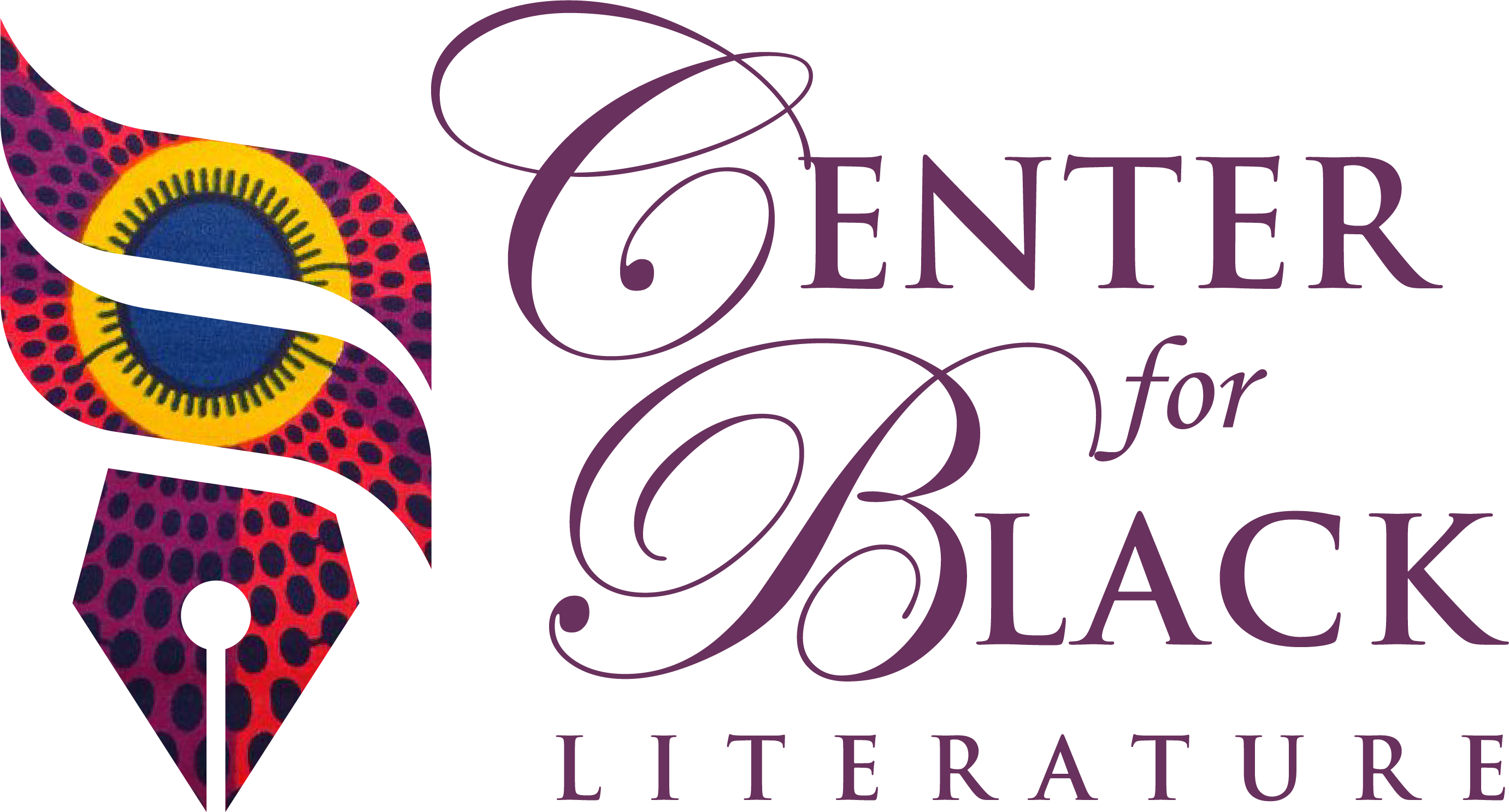Levi Wise-Catoe | On February 23, 2024, The Forum at Columbia University honored Black History Month with a free screening of the film Black Is… Black Ain’t (1995), by Marlon Riggs. Black Is… Black Ain’t explores the theme of Black identity through performances by choreographer Bill T. Jones, poet Essex Hemphill, and commentary from noted cultural critics Angela Davis, bell hooks, Dr. Cornel West, and others. The screening was followed by a conversation between the attendees and the event organizers, Columbia University Professor Jafari Allen and Novella Ford, Associate Director of the Schomburg Center for Research in Black Culture.
Riggs made Black Is… Black Ain’t as he was dying from AIDS. Death is a major theme throughout the film as it chronicles Riggs’s illness and how his illness affected his life. In addition, Riggs speaks of his love for the church, his family, and his community and how all of those elements played a part in who he was as a person. But I was more specifically struck by how loved Riggs was. During the time this film was being made, AIDS was a stigma in many communities, and in many cases, victims of the disease were ostracized or shunned from their communities. However, Riggs was wrapped in love by all those around him and it was heartwarming to see.
The film complicates reductive notions of race through the history of Creole people, who would sometimes separate themselves from Blacks or “pass” based on the light color of their skin. Riggs himself was from the New Orleans community of Creoles. In the film, he explores the loose definition of the term creole, which in reality refers to various communities including those who passed for white, those who did not, and also Native Americans who lived and intermarried amongst Blacks.
In the discussion, an audience member pointed out how African Diasporic peoples have always found ways to share their stories, either through oral history and the figure of the Griot, or, in this case, by documenting their own lives. As moderator Novella Ford commented, these storytelling traditions work against “historical erasure”—when life goes undocumented, how can you prove that it happened? In this case, Riggs found a way by documenting his own experience, and he shows the ways in which his spirituality lifted him through this dark time of his life. But the tradition goes back to the beginnings of the history of the African Diaspora, which formed a strong connection to religion and culture, interconnecting religion with spirituality and leading Black people through their darkest periods. Black is… Black Ain’t reflects on this history and shows how, despite the church vilifying AIDS due to its association with the LGTBQ community, the church still stood as the foundation of Riggs’s strengths. Food was another source of strength for Riggs. In the film, you experience his joy of food, of Gumbo, of tradition, and of the memories of food in his life growing up.
Riggs does not portray himself as a victim. He expresses that being gay was never a regret in his life. This attitude transforms the stigma of being gay into a strength. It also raises the question of Black masculinity. Who are the gatekeepers of masculinity in the Black community, and how is this dynamic articulated geographically? At one point, an audience member questioned whether Riggs’s experience as a gay Black man who was loved was based on where the film was located. But shooting took place nationwide, and at least 95% of the film was based outside of New York. Nevertheless, would the perspectives raised in the film have been different had the entire Black community in the United States been part of the conversation? By portraying Riggs’s personal history alongside the national Black community, the moderators suggested how the film reflected “linked fate,” an acute sense of awareness that what happens to the group will also affect the individual member.
During the conversation following the film, an audience member pointed out how the Black community traditionally gathers during birth and death. Both events mark milestones within the community, and the film remains true to the cultural celebration of the emergence of life and of the passing of lives lived. The film felt like a baptism, or as if Riggs were taking communion and self-cleansing, returning to the purity of birth. At the same time that it is a beginning, it is also an ending. Riggs is witness to the obituary that he is writing for himself, coming to terms with his life and accepting his death. Some of the most striking scenes were shot in the Louisiana Bayou, a return to Riggs’s origins. At the end of the film, Riggs runs naked through the swamp in New Orleans, calling to mind the innocence of birth, a time when nudity is void of any feelings of guilt or shame; and, instead, natural and next to God.

